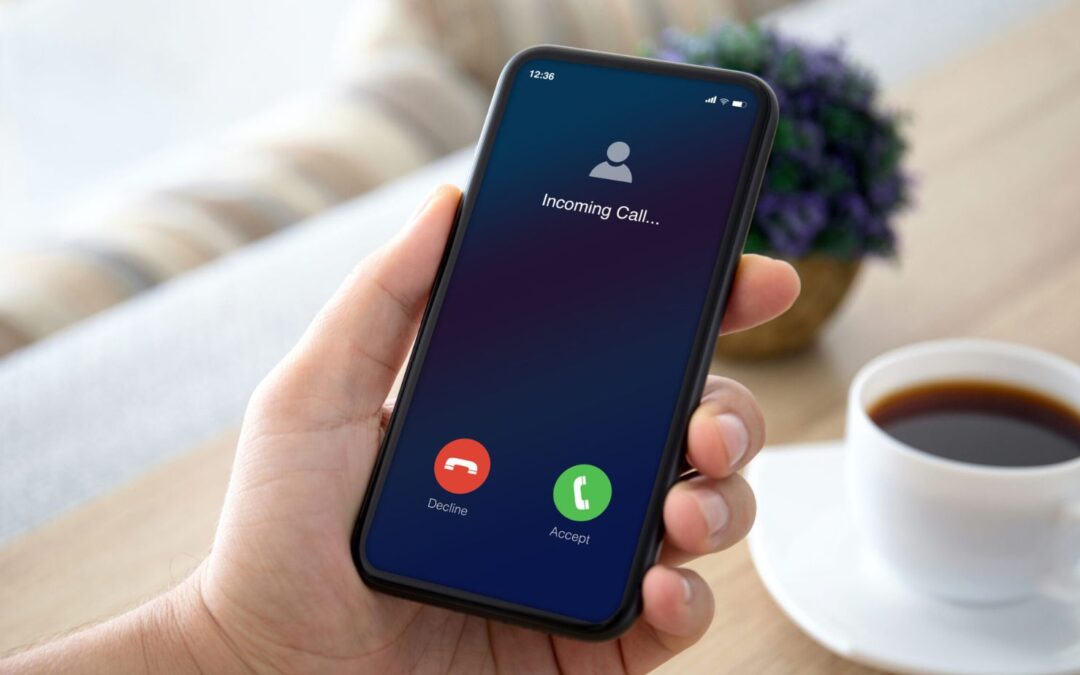Caller ID is a widely recognized tool in telecommunications that displays an incoming caller’s phone number—and often the name. Introduced in the 1980s, it has evolved significantly to help users identify who is trying to contact them before answering the phone.
However, with the rise of spam calls, scams, and robocalls, unknown numbers have become increasingly common, leading many people to wonder how to trace them. This article explores how Caller ID works, the limitations it has, and methods you can use to trace unknown numbers.
What Is Caller ID and How Does It Work?
Caller ID is a feature that identifies incoming callers by displaying their phone numbers on the receiver’s device. In most cases, the Caller ID system draws information directly from the telephone network’s database, so when a call is placed, the caller’s information is transmitted to the receiving phone.
This feature works across both landlines and mobile phones, making it easier to screen calls and avoid potential unwanted interactions.
Most Caller ID systems also include Caller ID Blocking and Caller ID Spoofing features:
- Caller ID Blockinglets callers choose to block their information, so their numbers appear as “Private” or “Unknown.”
- Caller ID Spoofing is a tactic that allows callers to mask their number by replacing it with a different one. This can be used by legitimate businesses for privacy but also by scammers to mislead recipients.
Why Do Unknown Numbers Show Up?
Unknown numbers typically show up for one of several reasons:

1. Caller ID Blocking: The caller has chosen to hide their information.
2. International Numbers: Some international calls do not display properly due to network limitations.
3. Caller ID Spoofing: Scammers often mask their numbers, creating uncertainty for the receiver.
4. Network Limitations: In some cases, network restrictions can lead to a lack of Caller ID data.
Knowing the reason behind an unknown call can help determine the next steps to trace it.
How to Trace Unknown Numbers: Practical Methods
Tracing unknown numbers can help you identify if a call is from a legitimate source or a potential scam. Here are several ways to do this:
Use Reverse Phone Lookup Services
Reverse phone lookup services allow you to search for information associated with a particular number. Many websites and apps offer this feature, often for free or a small fee. Simply check owner phone number, and if it’s listed in a public directory, the service may show the owner’s name and location.
Check the Number on Social Media
Many social media platforms like Facebook or LinkedIn have options to search by phone number. Sometimes, people link their phone numbers to their social media profiles. While it may not always work, it can be worth checking if the number is publicly associated with a user.
Google the Number
Searching the unknown number on Google might reveal valuable information. Many people report spam or scam numbers online, and these numbers often appear on websites or forums dedicated to identifying suspicious callers.
Use Caller ID and Spam-Blocking Apps
Various apps, such as Truecaller, Hiya, and RoboKiller, offer real-time identification and blocking of spam and unknown numbers.

These apps use extensive databases to match numbers with known callers or spam records, helping you make informed decisions about unknown calls.
Contact Your Phone Provider
Some telecommunications providers offer tracing services or call-blocking features that can assist in identifying and tracing unknown numbers. They may also help with Caller ID issues and offer solutions for managing frequent unknown callers.
Report Suspicious Calls
If an unknown number appears suspicious or harassing, you can report it to regulatory bodies like the Federal Trade Commission (FTC) or your country’s telecom regulatory authority. They often investigate scam or spam numbers and may take steps to reduce unwanted calls.
Tips to Protect Your Privacy and Avoid Unknown Calls
Tracing unknown numbers can be helpful, but protecting your privacy can reduce unwanted interactions altogether. Here are a few tips:
- Use Privacy Settings: Ensure your phone number is hidden from public view on social media platforms.
- Register on Do Not Call Lists: Many countries offer a Do Not Call registry to help reduce telemarketing calls.
- Consider Using a Secondary Number: For online sign-ups, consider using a secondary or temporary number to prevent your main number from being shared.
Conclusion
Caller ID is a valuable tool for identifying incoming calls, but it’s not always foolproof. With increasing instances of unknown calls and Caller ID spoofing, it’s essential to know how to trace unknown numbers and protect your privacy.
By using methods like reverse phone lookup, Caller ID apps, and working with your service provider, you can take control of unknown calls and protect yourself from potential scams.
Ben Austin is the founder and CEO of multi-award-winning digital marketing agency Absolute Digital Media. Ben loves to write and share exclusive insights into the world of digital marketing from his own eyes.





